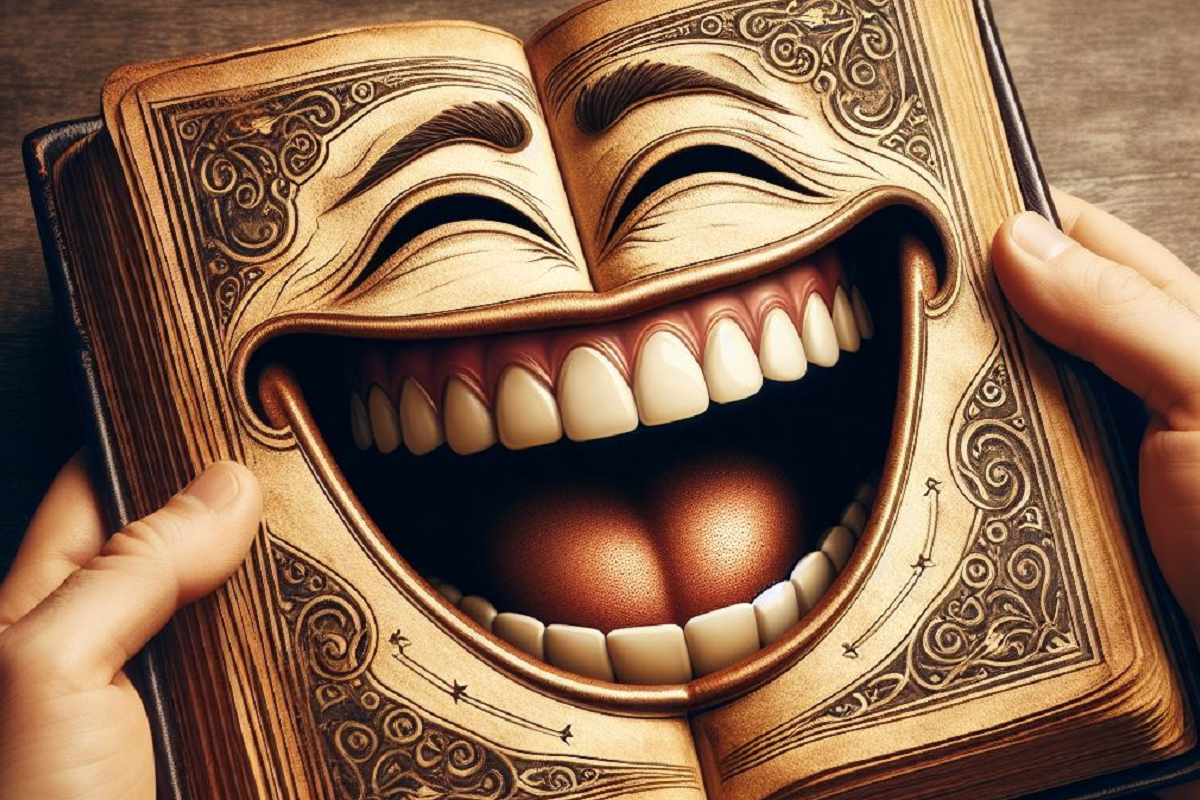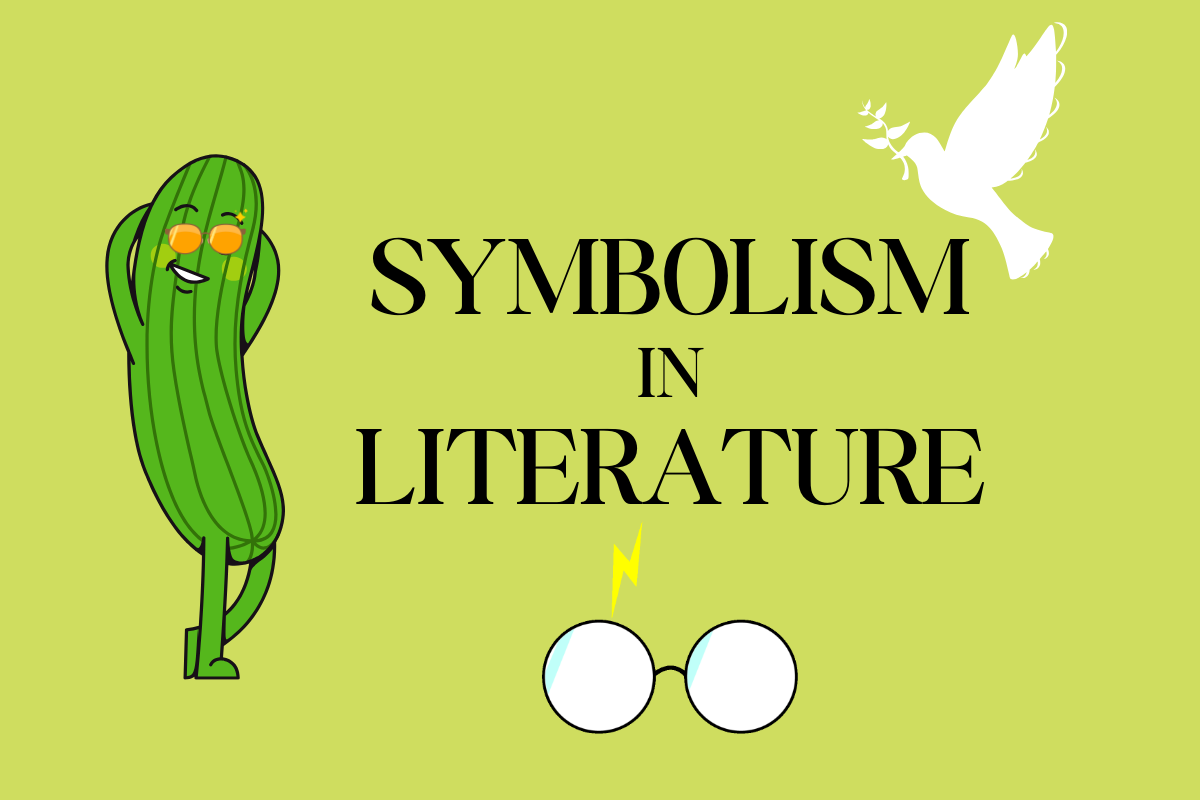Surrealism in literature is an artistic movement that emerged in the early 20th century. It delves into the unconscious mind. Also, it aims to bring together contrasting elements to create imaginative compositions. These compositions often defy conventional reality and evoke strong emotions and insights.

Who Coined the Term Surrealism?
The term surrealism was first introduced by the French writer and poet Guillaume Apollinaire. He used the word surréalisme in his play Les Mamelles de Tirésias, which was initially performed in 1917. However, it took some time before the term became associated with the artistic and literary movement that we now recognize as surrealism.
The Surrealist movement that we know today was officially established by poet André Breton. It was established in his Manifesto of Surrealism published in 1924. In this manifesto, he outlined the principles and objectives of the movement. It emphasizes the significance of the unconscious mind and dreams. Also, it delves into the exploration of irrationality in art and literature.
The goal of surrealism was to escape the boundaries of rationality and explore the depths of the subconscious mind. This led to artworks that frequently showcased dreamlike and imaginative elements.
Key Characteristics of Surrealism in Literature
Here are some key characteristics of surrealism in literature:
-
Explore Your Subconscious: Surrealists aim to push the boundaries of artistic expression. This can be accessed through latent thoughts, desires, and emotions that are not governed by reason.
-
Dream Image: The Surrealists find inspiration in dreams and incorporate dream-like imagery in their artwork. They celebrate strange, fantastical, and nonsensical scenes that defy conventional ideas of reality.
-
Automation: The Surrealists employed a method called automatism. Through this, they produced art or writing without conscious control or rational thought. This technique enabled them to tap into their subconscious minds more directly. This resulted in the creation of spontaneous and unplanned works.
-
Juxtaposition of Different Factors: Surrealists use unrelated or contradictory elements in their work to evoke surprise and stimulate intellectual reflection. By juxtaposing these elements, they challenge the viewer’s perception of reality and inspire fresh interpretations.
-
Absurd and Paradox: It often embraces absurdity and paradox. It purposely blurs the boundaries between reality and imagination. The result is artwork that can provoke anxiety, stimulate deep thoughts, or elicit laughter.
-
Rebellion Against Rationalism: Surrealism emerged as a response to the prominence of rationality and logic in Western thinking. It aims to liberate the mind from societal boundaries. Also, it delves into the realm of irrationality and emotions that shape human experiences.
-
Psychological Exploration: Surrealists drew inspiration from psychological theories. These theories were particularly proposed by Sigmund Freud. Their fascination with concepts like the id, ego, and superego informed their creative process.
-
Chance and Surprise: Surrealists approach their creative process with a mindset of embracing opportunity and spontaneity. They believe that by allowing the unexpected to enter their work, it can uncover profound truths and insights.
-
Political and Social Criticism: It explores the inner depths of the mind. Also, it served as a platform for artists to critique political and social issues. It provided a means to challenge established norms and ideologies.
-
Different Types of Art: Surrealism spans various mediums such as painting, sculpture, literature, film, photography, and theatre. Artists of different backgrounds and expertise collaborated and shared ideas. It resulted in a diverse and captivating collection of artworks.
Recommended: Skepticism in Literature | Characteristics, Types, and Famous Characters
Prominent Writers of Surrealism in Literature
Here are some of the most prominent writers associated with surrealism in literature:
1. André Breton: He is known as the father of Surrealism and played a crucial role in establishing and leading the Surrealist movement. His influential manifesto, titled Surrealist Manifesto (1924), outlined the principles and objectives of the movement.
2. Paul Éluard: Paul Éluard is a close associate of André Breton. He was a highly productive poet who explored themes of love, desire, and the subconscious in his work. His poems frequently employed dreamlike imagery and lyrical language aligning with the essence of Surrealism.
3. Louis Aragon: Aragon is also a close friend of André Breton. He played a significant role in the Surrealist movement. His poetry and novels explored various themes, including love, politics, and the subconscious. One of his notable works is the novel Paris Peasant (1926). This is regarded as a classic within the Surrealist genre.
4. Philippe Soupault: Philippe Soupault was the co-founder of Surrealism along with André Breton. He is renowned for his pivotal role in developing the concept of automatic writing. One notable collaboration between Soupault and Breton was their co-authored work The Magnetic Fields (1920). It stands as one of the earliest exemplifications of automatic writing in literature.
5. René Char: René Char was a poet who fully embraced the Surrealist movement’s exploration of language and its ability to go beyond the boundaries of reality. His poetry consistently showcased vivid and profound imagery that delved into the depths of the subconscious mind.
6. Benjamin Péret: Péret, a renowned poet and essayist, was closely tied to the Surrealist movement. His literary style skillfully blended political concepts with fantastical imagery and comedic elements. Also, Péret gained recognition for his fruitful collaborations with various visual artists.
7. Michel Leiris: Manhood (1939) by Leiris is widely regarded as a Surrealist masterpiece. In this autobiographical work, Leiris delves into his own introspective thoughts. Also, it experiences a honest and vulnerable approach. This aligns with the movement’s emphasis on exploring the depths of the unconscious mind.
These writers, among many others, played a significant role in the vibrant literary movement of Surrealism. They pushed the limits of language and explored new realms of thought in their quest for innovative artistic forms.
Surrealism in Literature Examples
Surrealism in literature delves into the perplexing and subconscious facets of the human mind. Let’s explore some intriguing examples of surrealism in literature:
1. The Metamorphosis by Franz Kafka: In this novella, Gregor Samsa awakens one day to discover that he has transformed into a colossal insect. The narrative embraces surrealism with its absurdity and dreamlike essence.
2. The Persistence of Memory by Salvador Dalí (poem): Salvador Dalí is a prominent surrealist artist, who explored the realms of literature as well. Besides his famous painting The Persistence of Memory, Dalí’s accompanying poem introduces a surreal dimension to the already peculiar visual composition.
3. Nadja by André Breton: André Breton explores his encounters with a mysterious woman named Nadja in this autobiographical novel. It intricately weaves together reality and imagination, delving into the depths of his own mind.
4. The Unbearable Lightness of Being by Milan Kundera: This novel delves into various characters’ dreams, thoughts, and desires. Kundera’s narrative style focuses on philosophical and psychological elements. These elements create surreal undertones.
5. The Master and Margarita by Mikhail Bulgakov: This captivating novel combines elements of the supernatural with biting political satire. The story was set in Moscow and it takes readers on a remarkable journey as the Devil himself makes an appearance. It was accompanied by a clever-speaking black cat and a diverse range of intriguing characters. It resulted in an imaginative and thought-provoking world that seamlessly blends surrealism and satirical commentary.
6. The Wind-Up Bird Chronicle by Haruki Murakami: In this novel, the renowned writer Murakami skillfully weaves surreal and dreamlike narratives. The story follows the protagonist’s relentless quest to find his missing wife. He unravels a captivating world where reality seamlessly merges with dreams. Within this enigmatic realm, peculiar characters and extraordinary events abound.
7. House of Leaves by Mark Z. Danielewski: This experimental novel is a complex maze of footnotes, multiple narrators, and peculiar events occurring within a house that defies the laws of physics. It serves as a perfect illustration of how surrealism can shape the structure of a narrative.
8. Blood and Guts in High School by Kathy Acker: Acker’s work often blends elements of surrealism and postmodernism. This novel incorporates unconventional narrative techniques and explores themes of sexuality and identity.
Conclusion
The influence of surrealism in literature reminds us that our minds are capable of endless imagination and innovation. It encourages us to delve into the unexplored realms of our subconscious and reshape how we perceive reality.
Recommended: Realism in Literature | Origin and Characteristics



